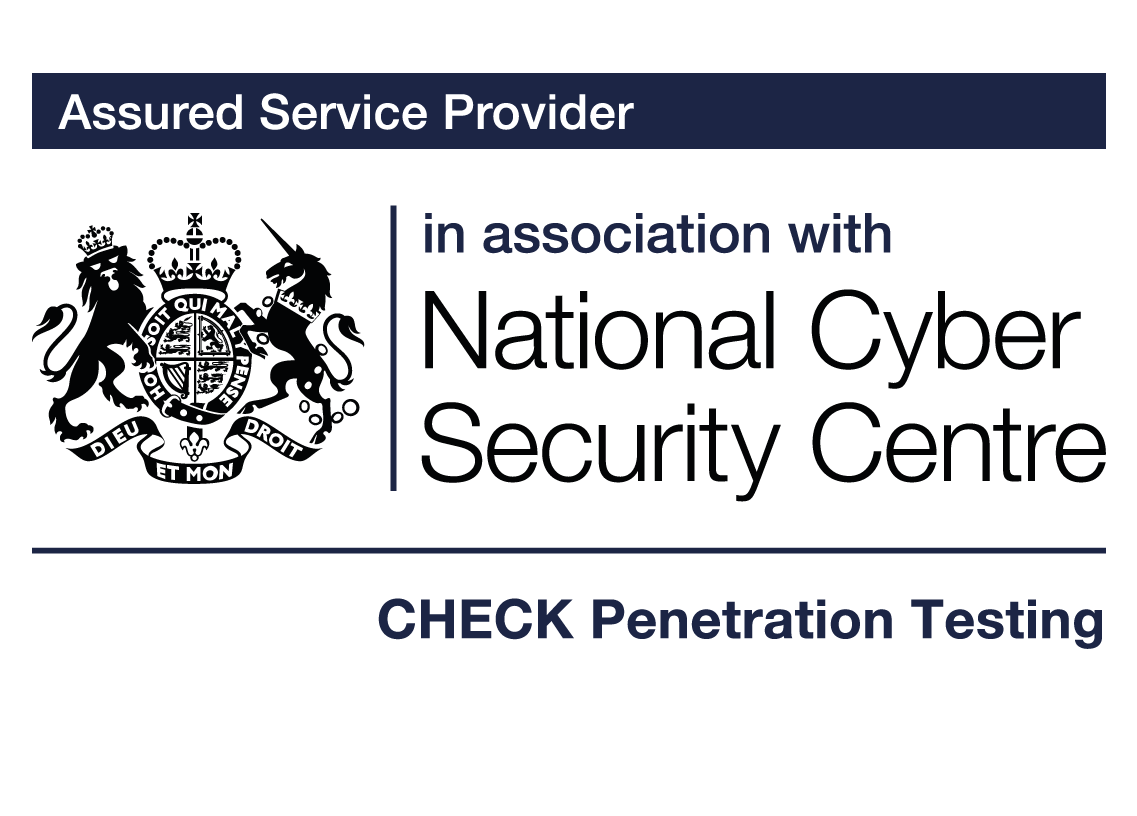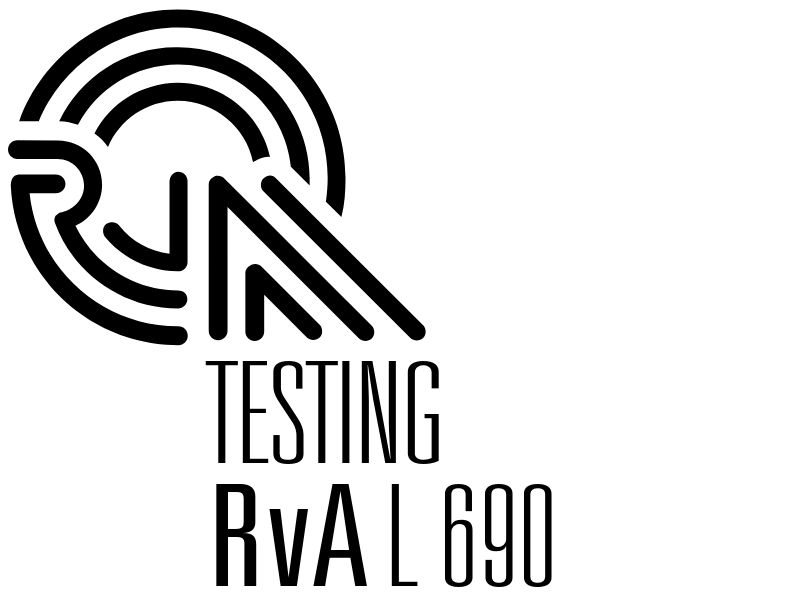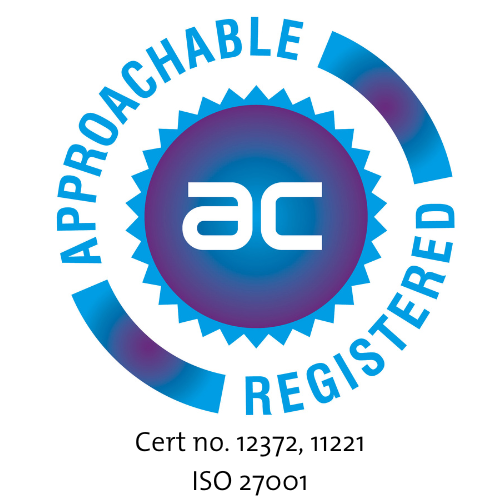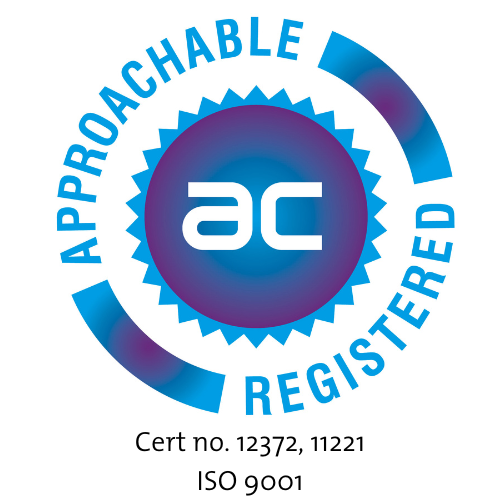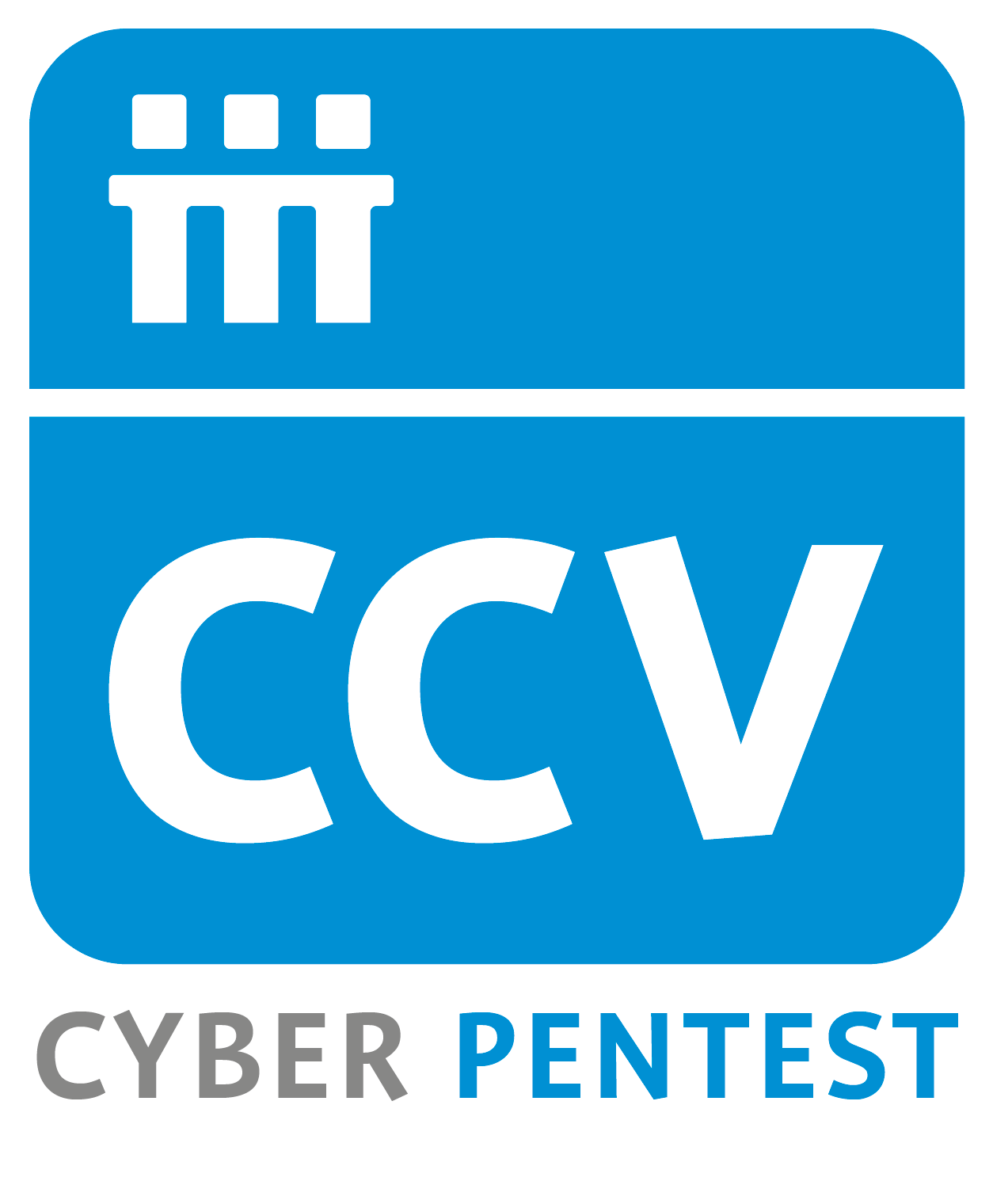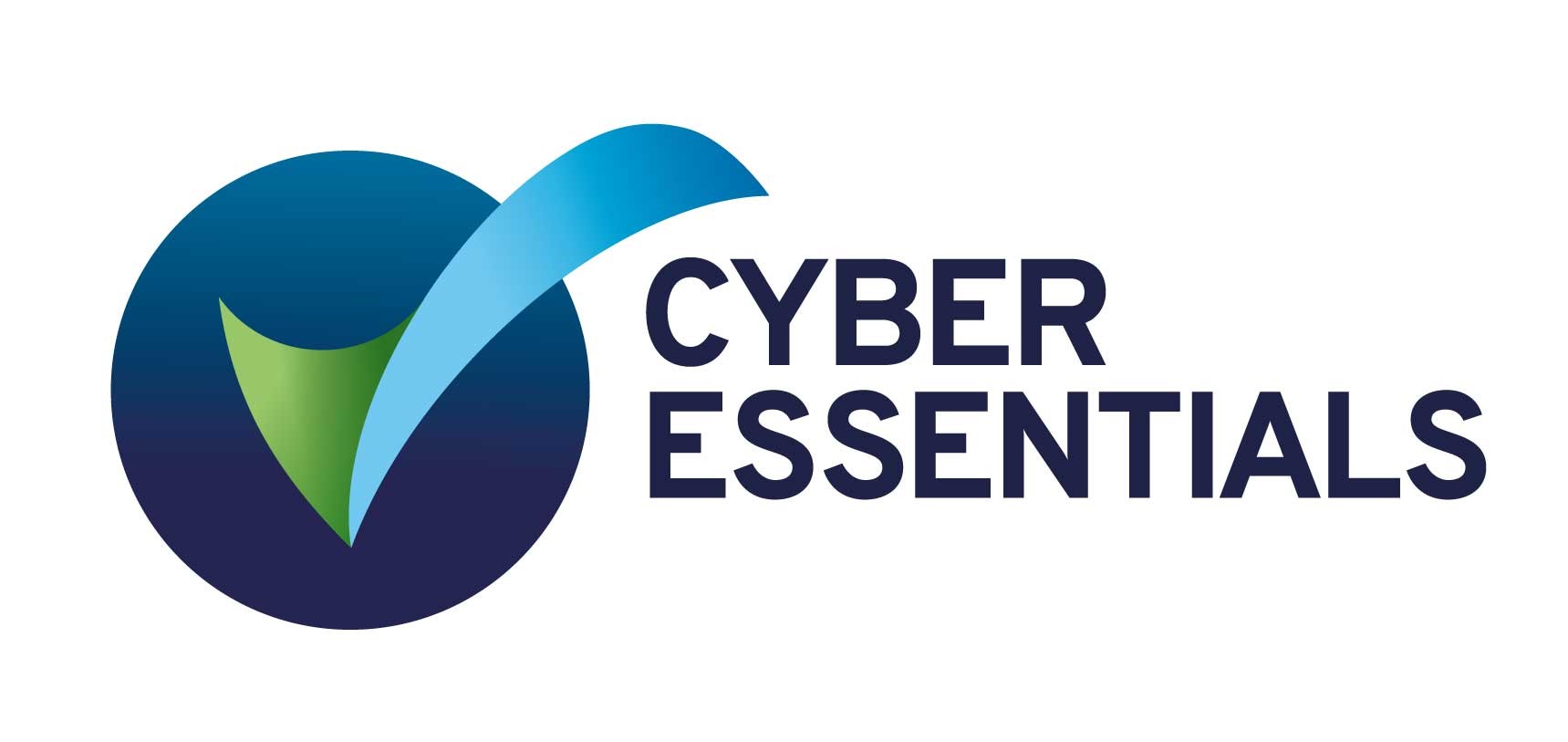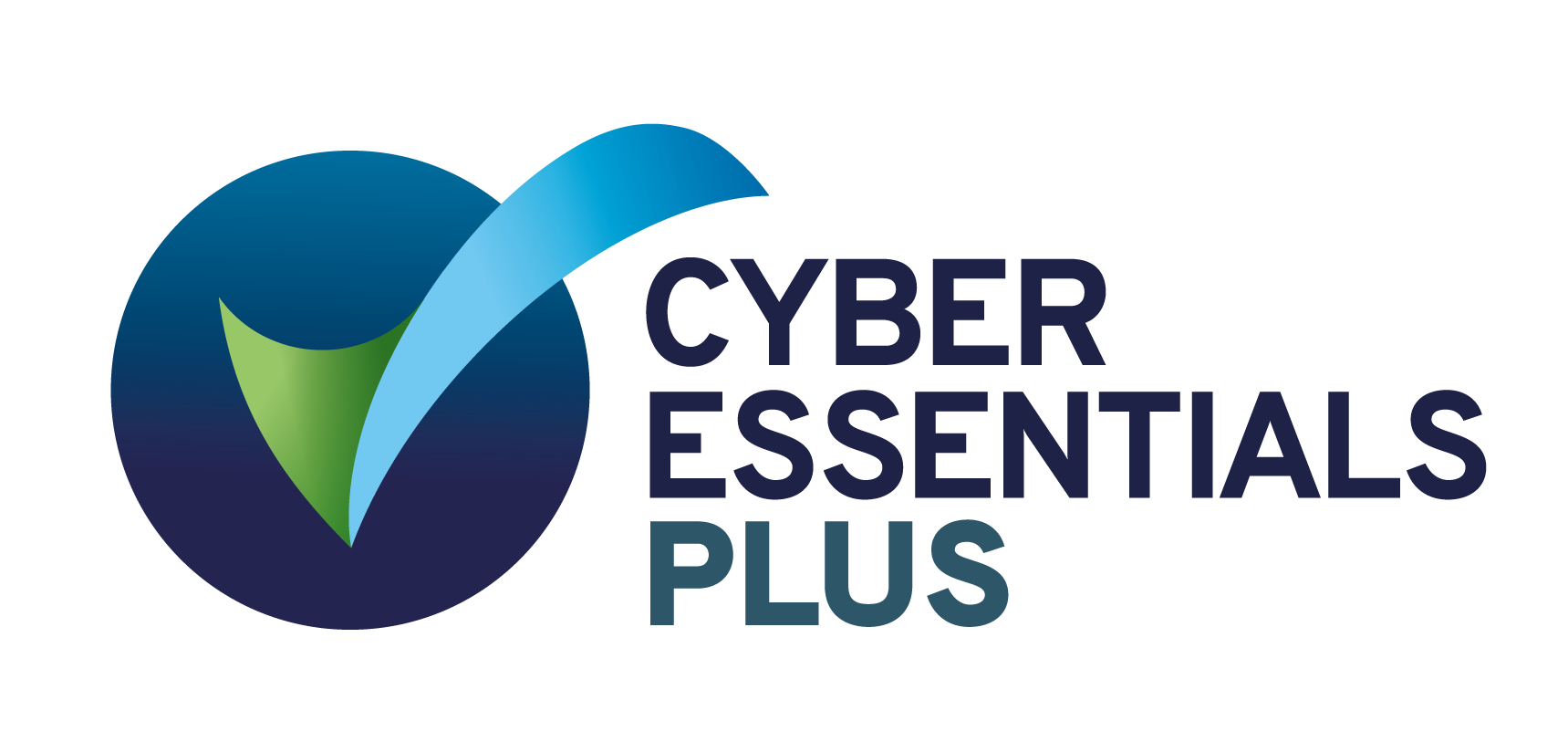Resillion brings Plugfest to Shenzhen: a major step in HbbTV collaboration
We recently hosted our first HbbTV Plugfest at our Shenzhen office, a major milestone in our mission to bring together manufacturers, operators and app developers to drive the future of connected TV.
On the day of the event, we welcomed a select group of stakeholders from across the broadcast ecosystem. We were joined by TV manufacturers including TCL, Skyworth and Moka; European app providers such as Qvest and Foxxum; and operators like the BBC and Everyone TV. All attendees were there to actively test, exchange ideas and uncover potential interoperability issues before launch.
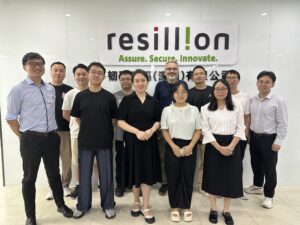
This wasn’t just a showcase, it was a working lab. We built an event structure that mirrored a real, physical Plugfest, with private rooms, one-to-one sessions and an open space for teams to engage. It was an opportunity for developers to see how their apps behaved on development-stage receivers and for manufacturers to spot edge cases that might otherwise go undetected.
More than certification: Testing for real-world use
While certification plays a key role in bringing products to market, we see Plugfest as a vital part of ensuring quality and consistency in the user experience. We aimed to explore how devices and apps perform together in more complex, often innovative, use cases.
These insights are hard to get in isolation. When manufacturers and app developers meet face to face (or screen to screen), it opens up a space to challenge assumptions and uncover misalignments before they reach consumers.
Valuable lessons for both sides
There were also some under-development HbbTV apps for the German market. A key takeaway from working with apps was that slight differences in engine versioning or hardware modules can lead to inconsistent results.
It’s a reminder that passing certification isn’t a guarantee of consistent quality. For both app developers and manufacturers, a controlled, collaborative testing environment adds real value.
We also received strong feedback from operator-side participants. One broadcaster, for example, brought a test application and was surprised by how effectively remote testing worked in our setup. The ability to test remotely, without losing visibility or control, is something we’re continuing to refine.
Building relationships, proving potential
It’s not the location that made this Plugfest different, it’s the fact it proved that collaborative testing of this kind can happen in China. It’s possible to bring together European stakeholders and Asian manufacturers in a meaningful, results-driven format, and we’re well placed to offer this as an ongoing service.
Several of the organisations that joined us expressed interest in expanding the trial beyond this one event and working further with us as a lab partner for the APAC region. We see this as a strong signal that the concept works and that there’s a clear demand for what we offer.
Beyond testing, we also believe Plugfest gives app developers a unique opportunity to road-test innovation. Whether it’s multi-stream playback, new UX layers or experimental formats, these events let developers find out what current hardware can really handle, and what can’t.
Looking ahead: A growing need for collaboration
We’re hopeful this will be the first of many Plugfests in our Shenzhen facility. By creating a hub in China, we can offer manufacturers a local, cost-effective space to test and debug. For
European app developers, it means they don’t have to wait until a product is in-market – or buy dozens of TVs – to ensure compatibility.
Instead, we can act as a bridge. Manufacturers can drop off development receivers at our lab, and app developers can remotely run tests and receive detailed reports. And when issues arise, engineers can come in and work directly with us to resolve them.
This approach not only saves time and travel, it helps avoid last-minute surprises in the market. As device life cycles shorten and user expectations rise, proactive, collaborative testing is becoming more important than ever.
A shared commitment to quality
From the outset, our goal was to create a Plugfest that delivered real value, not just to us, but to everyone involved. We’re grateful to all the teams who participated and helped shape such a productive event. Whether you brought a receiver, an app/a tool, or just a curious mind, your contributions made this a success.
As we reflect on what we learned and look to the future, we’re confident that the model we piloted here in Shenzhen will become even more relevant in the years to come. For app developers seeking certainty, for manufacturers looking to validate new features, and for operators needing to support next-gen viewing experiences, this kind of testing collaboration is where it starts.
The bottom line? We’re not just here to test, we’re here to help shape what’s next. Take a look at [INSERT CTA].
FAQ’s
Q:What is an HbbTV Plugfest and why did you host one in Shenzhen?
A: An HbbTV Plugfest is a collaborative event that brings together device manufacturers, operators and app developers. The goal is to test the interoperability of hardware and software in a live environment to identify issues, ideally before products launch. Hosting it in Shenzhen bridges a critical geographic gap, giving our European partners direct and cost-effective access to the major TV manufacturers based in the APAC region.
Q: If an app has already passed certification, why does it need this kind of interoperability testing?
A: Certification is essential, but it primarily validates compliance against a standard. Plugfest goes further by testing for real-world user experience with innovative, non-standard use cases, like the multi-stream video app. It helps uncover performance and rendering issues on specific hardware that standard certification tests might miss, ensuring a consistent, high-quality experience for all end-users.
Q: Who benefits most from this service? Is it just for manufacturers?
A: This collaborative model offers value across the ecosystem. App developers and operators can test their services on pre-release hardware, validate innovative features and ensure compatibility without having to purchase dozens of devices, while manufacturers can get early feedback on how their hardware handles real-world apps, helping them spot edge cases and architecture-related issues before mass production.
Q: How can app developers based in other parts of the world use the Shenzhen facility without travelling?
A: Our Shenzhen facility is designed for effective remote collaboration, with a hands-on team in the lab, setting up devices to test against. It’s possible to remotely access receivers, run tests, and receive detailed reports and real-time feedback from Resillion engineers.
Matter Open Day
Matter Open Day and Developer Conference in China: A showcase of innovation, insight and community
Get in touch with one of our experts.
Our Accreditations and Certifications
